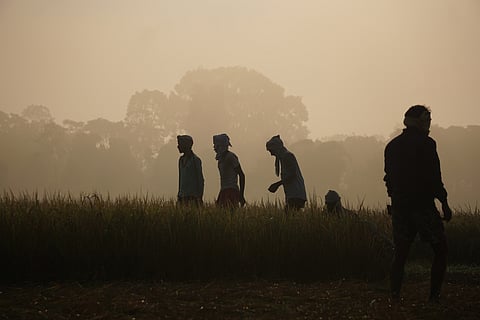Grasping the Tarai identity
Some senior Nepali politicians, who should know better, like to claim that there is no "ethnic problem" in Nepal. Because of Nepal´s ethnic and regional diversity, the potential for conflict and crisis is ever-present, just below the surface. All that is required for conflagration is a few power-thirsty individuals who think nothing of setting a match to the ethnic sensibility of communities. Nowhere in Nepal is this more true than in the Tarai, the strip of tropical flatlands that runs contiguous to the east-west foothills of die Himalaya. An attempt is on today to draw a sharp dividing line between the Tarai and the hills, based on regionalism and ethnicity.
The regionalism has to do with the distinct geographical position of the Tarai. The 34,019 square kilometres of the Tarai makes up 23 per cent of the country´s total area, and it is inhabited by 46 per cent of Nepal´s population. The Tarai has seen a three-fold increase in population over the past four decades, from about 2.9 million in 1952 to about 8.6 million today.

